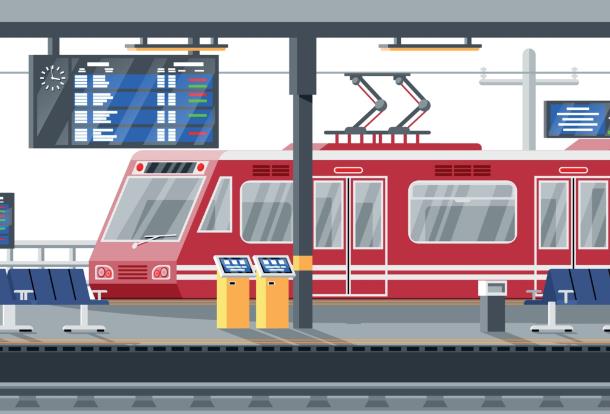In a perfectly connected world, it would be easy to create and sell airline itineraries that include connections between multiple carriers, even if they don't have interline or codeshare agreements.
The reality, of course, is not that simple. Airlines and online travel agencies (OTAs), however, are finding opportunities to sell a wider variety of itineraries through virtual interlining (VI), which some industry observers say is a growing trend.
"The market opportunity is significant and still growing," according to Gabor Toth, CEO of TripStack, a travel technology company that specializes in carrier integrations and VI platforms. Toth says that Low Cost Carriers (LCCs) are especially drawn to the opportunities that VI can offer.
"TripStack anticipates that VI can represent 12 to 15 percent of all flight bookings sold in the future," he adds. "This represents over 500 million passengers annually, based on the 4.7 billion annual passengers pre-Covid."
Technological advances and the growth of LCCs have helped fuel the demand for VI. In a 2019 report called The Future of Interline, the International Air Transport Association identified VI as an "emerging" concept but warned that "the new framework needs to ensure that responsibility for the customer at every touch point is clearly agreed between interline partners, and that this can be clearly communicated to customers."
Read original article




